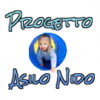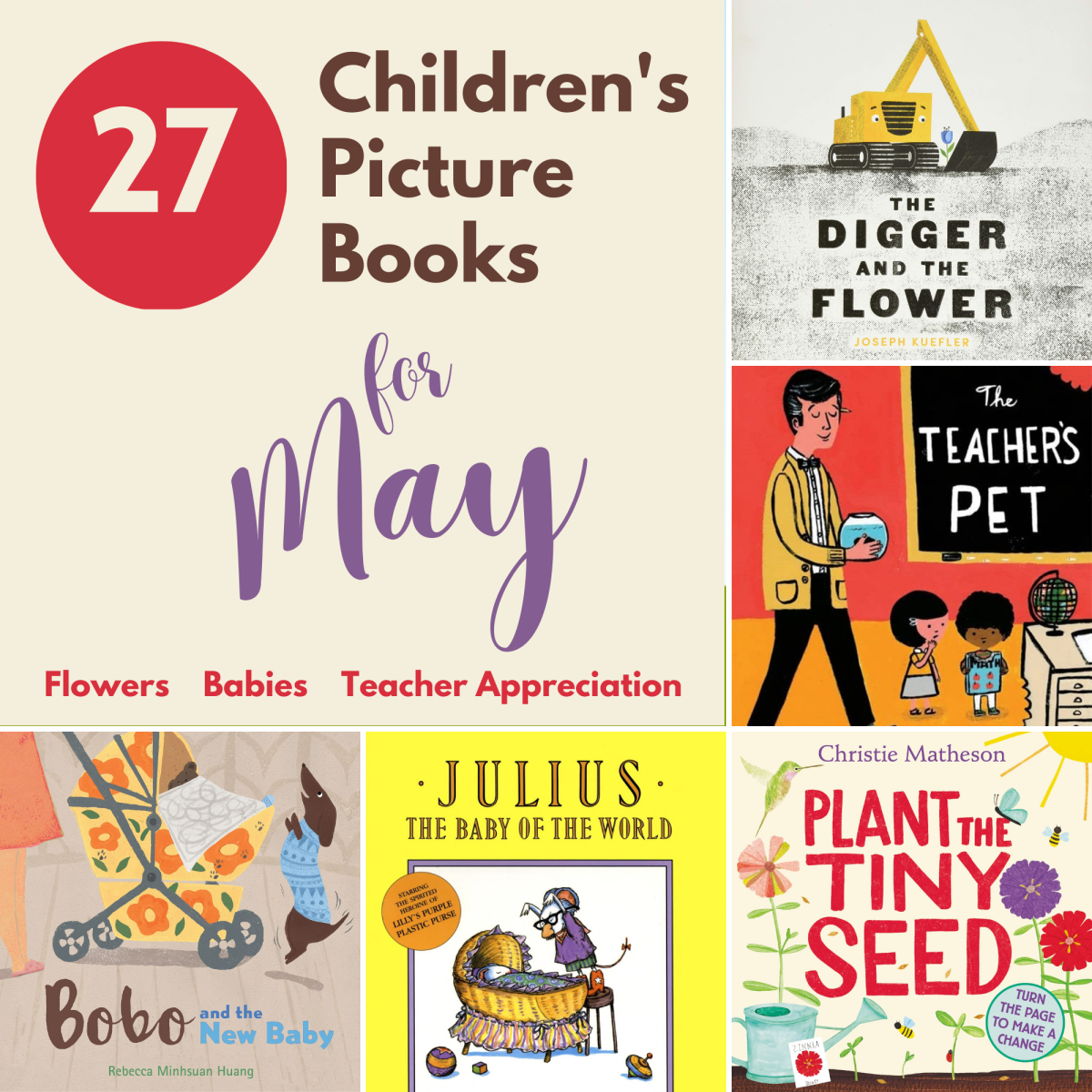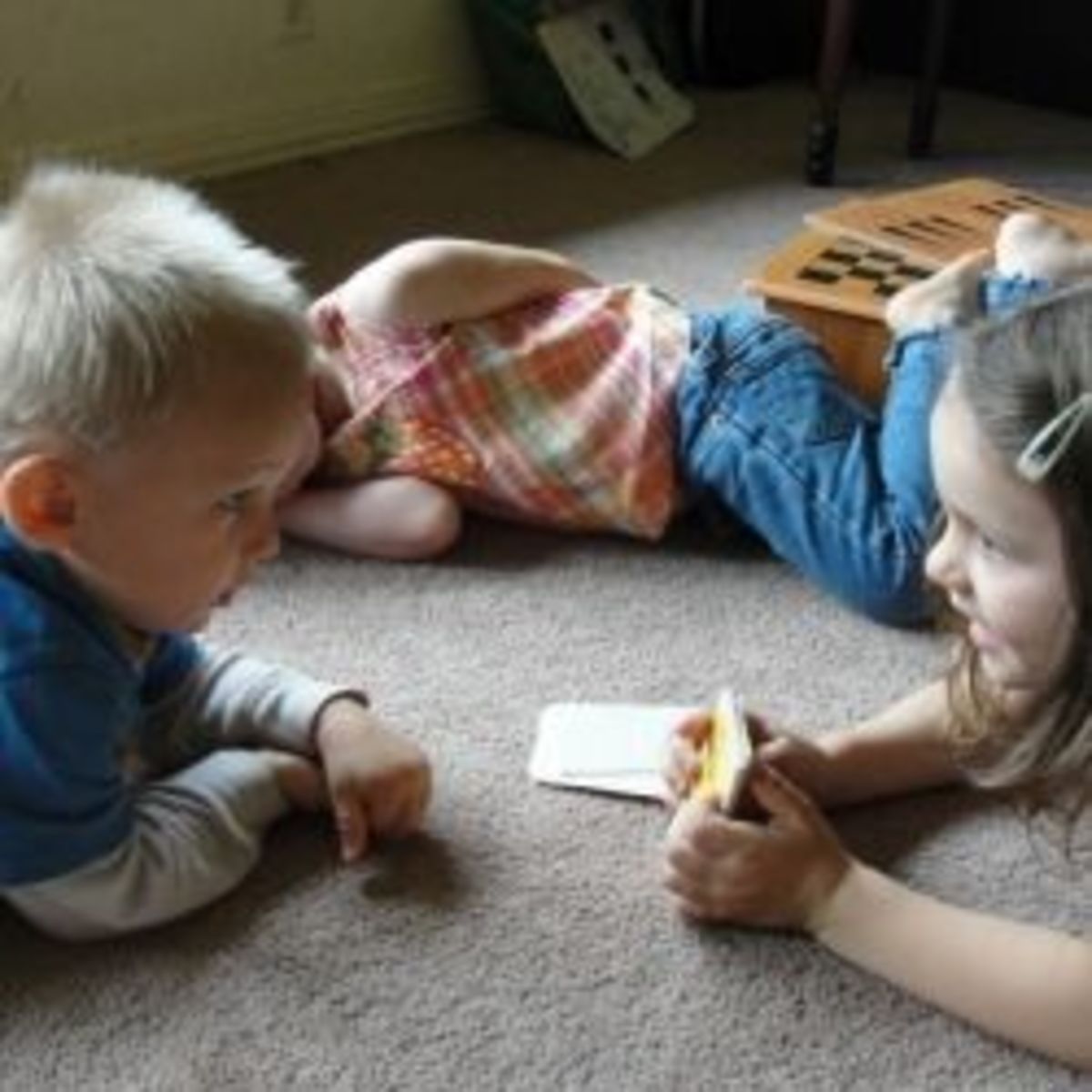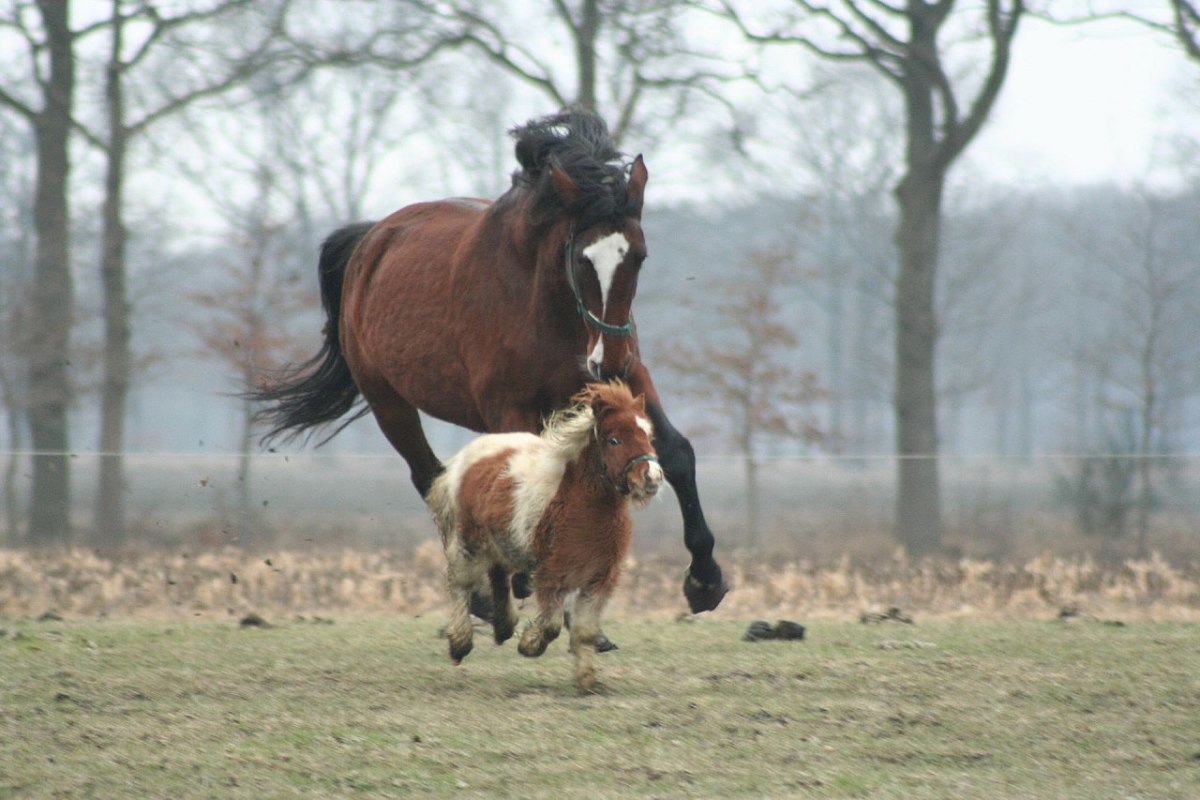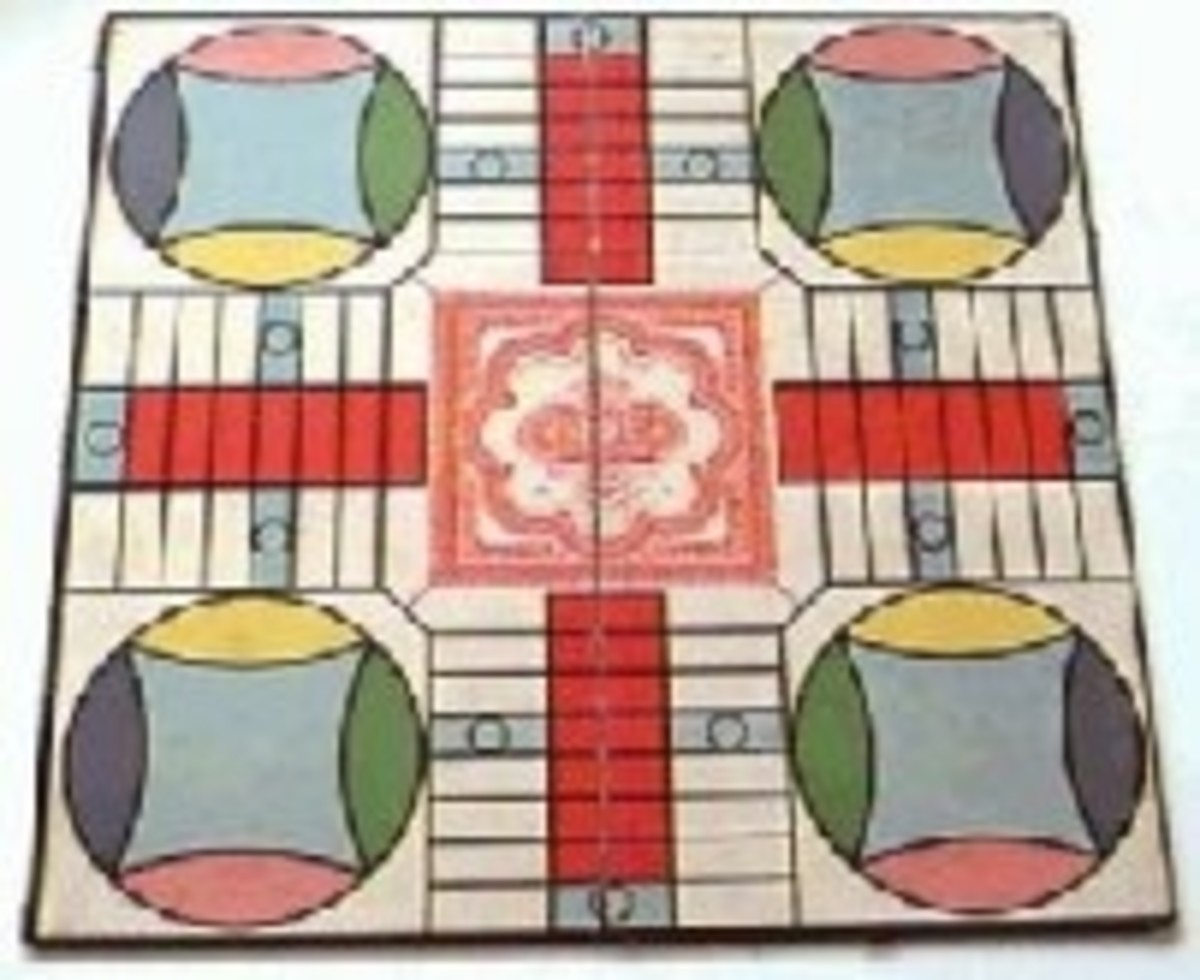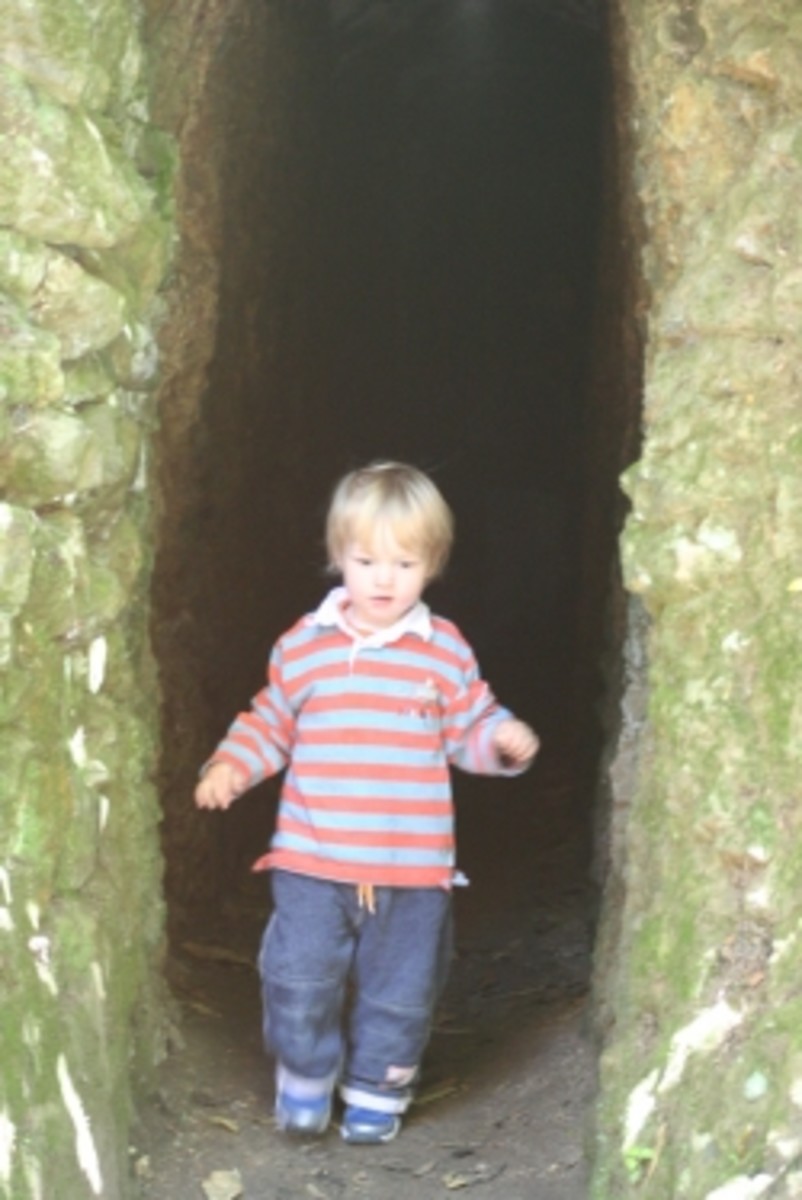Strategy for Book Reading to Toddlers and Babies for Parents and nursery school Teachers
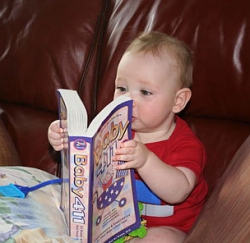
Why a strategy for book reading to toddlers and babies?
As mothers and nursery school teachers, we know that book reading by parents and educators, in particular the reading of picture books, is of utmost importance for the development of babies and toddlers.
For 0-3 year children, book reading is a synergic educational activity in which emotional and cognitive aspects are closely related (as is peculiar to this age). Thus, book reading allows the caregivers to create the opportunity to overall pleasant situations; moreover, it encourages motivation to hone a large set of skills of babies and toddlers in a harmonic way. [Updated 9/21/2012]
Image credits: Jon Mick, via Wikimedia Commons.
Nursery school teachers and parents should then propose book reading in a strategic way, to increase its educational effectiveness and, on the other hand, to better enjoy children's smiles and laughs!
Strategy for book reading in brief
We of Progetto Asilo Nido developed and tested this strategy with our own children, as mommies, and by sharing it with the parents of the children attending our child care services, as educators.
Thus, this strategy is applicable by parents or other caregivers, not only by nursery teachers.
In this lens we'll propose a general strategy to promote reading of books and picture books, applicable to 0-3 year children .
This strategy is based on the fact that caregivers must always recognize, appreciate and explicitly reinforce in a positive way the efforts of each child related to reading and the use of the book.
Book reading for Progetto Asilo Nido
Babies and toddlers live different settings in a similar way (depending on their actual development), so it makes no sense to us of Progetto Asilo Nido to propose a "school only" or "parents-only" strategy.
Indeed, this strategy is a simple example of how different reality can interact to promote the overall development of the child (in this case through the reading of books). Therefore this reading strategy can be easily adapted to the point of view of parents or other caregivers.
In case of particular operative aspects, we'll mark them with "nursery teachers only".
As we really love debating, comments and suggestions, we've also inserted a series of quiz, polls and guestbook for you, like the next one.
...Yes, we hope this also should help not to fall asleep during the reading... :)
Reading stategy - Table of contents
A general strategy to promote book reading to 0-3 year old babies and toddlers
Strategy (A): Quality of the teacher-child relationship during the reading
A-1: Sharing the book with the teacher
A-2: Sharing the book with peers (over 24 months)
A-3: Sharing the book with family (nursery teachers only)
Strategy (B): Attitudes of teacher and parents towards books and reading activities
The 5 actions of the strategy (part B) - attitudes towards books and reading activities
B-1: Increase the physical presence of books in section
B-2: Provide more specific activities for reading
B-3: Exploiting book readings and books to start other activities
B-4: Attitude of willingness to read by the caregiver
B-5: Prepare the children to the book reading session
A general strategy to promote book reading to 0-3 year old babies and toddlers
This general strategy is based on the fact that, in order to encourage the reading and effectively promote it to babies and toddlers, caregivers must always recognize, explicitly appreciate and positively reinforce all the efforts of each child regarding the reading and the use of books.
Indeed, during the developmental stage of the book as a toy and later ages, children perceive the importance of book reading proportionally to the quality of the relationship between teacher and child and the overall attitude towards books and the activity of reading itself (the caregiver is a model for the child).
As a result, this strategy for reading can be split up in two parts, respectively addressed to:
- Quality of the teacher-child relationship during the reading
- Attitude of teachers to books and reading activities
Strategy (A): Quality of the teacher-child relationship during the reading
The first part of the overall strategy is to increase the quality of the relationship educators-children (from the point of view of children) while reading. We propose three actions:
A-1: Sharing the book with the teacher
A-2: Sharing the book with their peers (after 24 months) - exploiting the couples of friends
A-3: Sharing the book with family (nursery teachers only)
Let's see them in detail.
A-1: Sharing the book with the teacher
Sharing the book with the teacher, the parent or other caregiver, means that she needs to:
- Spend time with the book in her hand and close to each child, and individualize this moment
- Effectively use joint attention
- Use a proper style of reading (i.e. related to the actual development of each child): Read aloud for babies (below 18 months), or dialogic reading for toddlers (over 18 months)
Note
From the 18th month onwards, when the nursery teacher begins to read with a child, she usually gathers around her a small group of children (see next paragraph). Reading aloud or dialogic reading allows to easily extending the reading activity to this small group. The educator must take care to individualize each individual interaction, passing from child to child in turn and exploiting these interactions to create opportunities for joint attention.
A-2: Sharing the book with peers (over 24 months)
Reading in nursery schools, when it involves the teacher, it is almost always an activity made by a small group. For example, when the educator begins to read aloud a book carried to her by a child, after a while, 2-3 other children will join the reading session. In other words, peers are always involved.
A caregiver can also promote reading with peers even when it involves a single child.
For example, proposing to his favorite friend to read a book near him.
This does not always get the desired effect, as the second child may be involved in other activities. The idea behind this strategy is to encourage reading by enhancing positive emotions related to the autonomous use of the book (in this case the pleasure of doing something close to the favorite companion). The teacher must recognize, appreciate explicitly and positively reinforce all efforts related to this "shared" reading and to the use of the book by each child.
Note
Sharing a book with peers is effective after 24 months of age, when the friendship dyads are clearly visible. Before 30 months of age, each child usually "read" a book independently, close to the other child but without interacting. The beginning of a "cooperative" reading generally occurs after 30months.
A-3: Sharing the book with family (nursery teachers only)
Nursery educators should encourage reading among the family members, particularly between parents and child. For example, they can:
- Prepare (possibly involving all the parents) and publicize among them a special "reading project for the families", emphasizing the importance of book reading for the development of their own child.
This project can outline the main points of reading a book and a picture book, such as:
- the availability of books to the child
- the importance to being a model to him for reading
- asking them to read at least once a day
- the principle of joint attention
- a list of recommended books
- the criterions to evaluated for purchasing a new children's book, etc
Your opinion is welcome!
Do you think this first part of the strategy to promote book reading could be easy to apply to your babies and toddlers?
Reading is important, but what books to choose?
This is a little suggestion about some children books, just to remind you that reading a book to your baby is about enjoying life, not only studying hard...
These is our choice; you can use this module for your own search:
Strategy (B): attitudes of teacher and parents towards books and reading activities
The second part of our general strategy is to improve the overall attitude, of both teacher and each parent, towards books and reading activity itself.
The importance of the attitude of the teacher or the parent is evident if we reflect on these two examples:
- Proposing specific book reading activities to babies or toddlers 3 to 5 times a week is much more significant than proposing a single, long reading session once per week, and it’s also very different from leaving free access to books and being, as an educator, always ready to read a story when a child brings you an illustrated book (for example during the spontaneous play sessions).
- Both teacher and each parent should be aware that books for babies and toddlers are short life objects, and they must be "consumed" by the children, thus avoiding verbal and nonverbal behavior to express negative feelings when the children interact with the books.
The 5 actions of the strategy (part B) - Attitudes towards books and reading activities
To improve the overall attitude of the teachers and the parents towards books and reading activity itself, we of Progetto Asilo Nido propose these five actions:
1. Increase the physical presence of books
2. Provide more specific activities for reading
3. Exploiting the book and the stories to start other activities
B-1: Increase the physical presence of books in section
A caregiver increases the physical presence of books to babies and toddlers by:
- Increasing the number of the books per child (at least 2 per child). We recommend that there be some duplication, in particular in the section of the over 24 months, to avoid conflicts.
Parents should start a toddler library with at least 6 different book; they should consider creating a personal library for each of their child.
- Increasing the number of the places where the books are accessible. Other than the book-corner or library, caregivers can place them in boxes or shelves close to other play areas.
For example, they can place books with job illustrations near the symbolic play area, and always let some books near a relax area.
A simple book corner or organized library must be present in each section of the nursery school, including infant areas. This book corner has to be set in a permanent way as other areas (such as the relax area, the sensory area, etc). The books must be freely accessible to children. This is mainly for two reasons:
- To go and get the books in a dedicated space (and later, to put them away in that specific place) makes clear the importance of the books to babies and toddlers.
- The book corner allows the children to read and use the books on their own, fostering their autonomy.
The nursery teacher may also recommend the creation of an accessible bookshelf near the family’s own library. A nice idea is providing the child the lower shelf, so she can see her books close to the parents’ used ones.
An example of furniture for the book corner of babies and toddlers:


B-2: Provide more specific activities for reading
Books as objects and book readings should be proposed during a great number of distinct activities, not necessarily structured in a similar way.
The goal is to constantly provide to the children the idea that books and reading are an integral part of their life
Note
We are going to prepare a set of activities related to book reading, to regularly update this lens, so come back soon.
B-3: Exploiting book readings and books to start other activities
"Beginning reader" by drcorneilus [CC-BY-SA-2.0], via Wikimedia Commons.
Stories familiar to the children (i.e. books that have been read several times and visibly appreciated by them) can be used as background or trait d'union for all the other weekly or monthly activities.For this purpose, nursery teachers can create their own illustrated book, possibly on a large format or on a wall, to better coordinate stories and other activities.
We observed that this is a very effective way to promote the value of book reading for babies and toddler.
B-4: Attitude of willingness to read by the caregiver
A caregiver is usually the educational and behavioral model which each baby or toddler refers to. In particular, she can be an effective model if she promoted the creation of a secure-attachment bond to her by the child.
It is therefore essential her overall attitude of willingness to read, especially when a child searches her to have his book read.
This attitude is not only to read to babies and toddler consistently with the child's development, but above all to make every reading a shared and rewarding experience for each participating child.
Crucial to this regard is to create and exploit moments of joint attention, particularly appreciated and sought after by babies and toddlers.
Note that this attitude is a real simple and easy thing: it primarily is to enjoy your time with each child, smiling and laughing together!
B-5: Prepare the children to the book reading session
Book reading is a complex and challenging activities for babies and toddler. So, the nursery school teacher should "prepare" children to the educational situation.
For example:
slowing the pace if children come from a hectic situation, as an outdoor play or psychomotor session
holding children who experience emotional distress, stress, fatigue. For these children, the reading should become the continuation of containment.
In preparing the book reading activity in an evident way (to the children), the educator demonstrates the importance of the activity and, as regard the education, increases its effectiveness.
Book reading and emotions - A note by Progetto Asilo Nido
As you may have noted, a large part of this strategy involves a deep emotional interaction with each child.
In our 15 years experience in nursery schools, we actually found that promoting the instauration of a secure attachment bond to the teacher by the child, during the first encounters with the baby or the toddler, greatly improves the educational effectiveness of book reading.
For example, we observed that: child demonstrates to appreciate book reading in a more vivid manner and asks for it more frequently; she shows a wider comprehension of what we read (probably because she's involved in joint attention activities more often and longer).
So we reformulated the strategy in this current form, to be eventually used in synergy with the usual actions to facilitate the creation of a secure attachment bond by the child.
Your opinion is welcome!
Do you think this second part of the strategy to promote book reading could be easy to apply to your babies and toddlers?
What's your opinion about these books?
This list is actually only our choice, so we'd like you to tell us what of these books will you suggest to a mummy or dad for her toddler or, if you like, you can suggest us your favorite book.
To know more about book reading
To know more about book reading with babies and toddlers, its importance and its synergic aspects, you could read these documents (external links).
- Parents' Role in Fostering Young Children's Learning and Language Development - TAMIS-LEMONDA CS, RO
"Which aspects of parenting matter, and why? Three aspects of parenting have been highlighted as central to children's early language and learning: (1) the frequency of children's participation in routine learning activities (e.g., shared bookreading - Literacy Development for Infants and Toddlers
From page 276-. "beginning literacy appears in activities such as pretend play, drawing, and conversations about books with their closest personal relations" An interesting compendium of researches in literacy development, where book reading as a com - Parent-Child Shared Book Reading Quality versus Quantity of Reading Interactions between Parents and
An analysis of storybook reading at home. Note by Progetto Asilo Nido: part of the analysis is suitable for practical adaptation with toddlers and babies. - Shared storybook reading as an intervention context: Practices and potential pitfalls. Kaderavek J,
Importance of book reading as a context for providing language intervention on young children. Note by Progetto Asilo Nido: part of the discussion is suitable for practical adaptation with toddlers and babies. - Lettura al Nido - Strategia
From Progetto Asilo Nido, a further development of this strategy to promote book reading in nursery schools. Note: Italian language - Expressive vocabulary in 18-month-old children in relation to demographic factors, mother and child
From abstract: "Research has elucidated the associations between children's language development and reading habits, and maternal education, communication tyle, gender and birth order. Research including maternal age and child temperament is more sca - Mother-Child Bookreading in Low-Income Families: Correlates and Outcomes During the First Three Year
Note by Progetto Asilo Nido: a large part of the analysis is suitable for practical adaptation with toddlers and babies in all families.
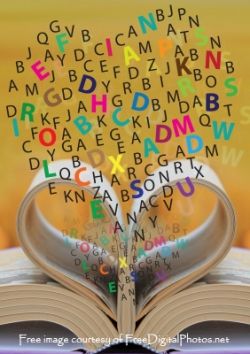
Strategy for book reading to toddlers and babies for parents and nursery school teachers - Conclusions
In this lens we've proposed a general strategy for teachers and parents to encourage book reading in toddler and babies. This strategy is based on the fact that the caregiver must always recognize, appreciate and explicitly reinforce in a positive way the efforts of each child related to reading and the use of the book, and it is divided into two parts: I) Quality of teacher-child relationship during the reading, II) Attitude of teachers towards books and reading activities. The first part of the strategy consists of three actions: 1) Sharing the book with the nursery teacher, 2) sharing the book with peers, and 3) sharing the book with the family. The second part of the strategy consists of five steps to improve the overall attitude of the caregiver towards books and reading activity itself: 1) Increase the physical presence of books in the nursery school or at home, 2) Provide more specific activities for reading; 3) Take advantage of the book and the stories to start other activities, 4) attitude of willingness to read by the educator, 5) Prepare the children to the book reading session.
We've arrived to the end of this long lens on a strategy for book reading to toddlers and babies.
Before the last "conclusions" paragraph, we like to thank you for your visit.
